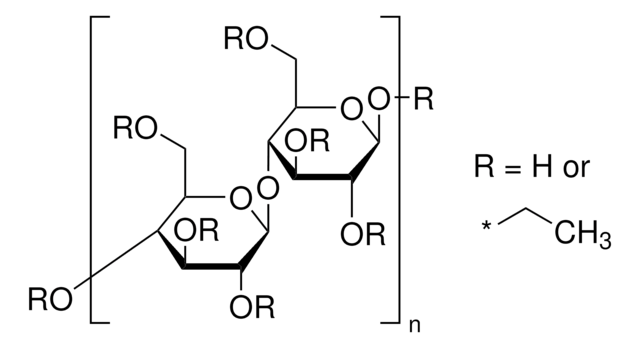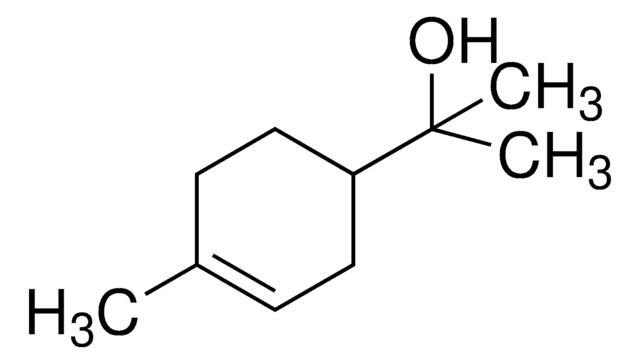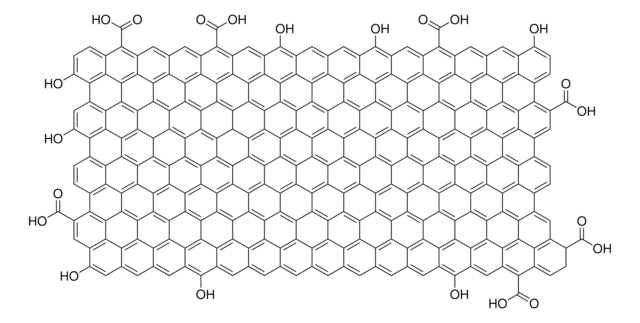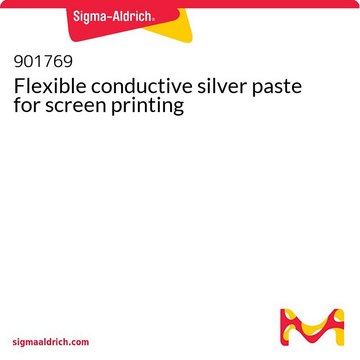200689
Ethyl cellulose
viscosity 10 cP, 5 % in toluene/ethanol 80:20(lit.), extent of labeling: 48% ethoxyl
Synonym(s):
ethylcellulose
About This Item
Recommended Products
form
powder
Quality Level
autoignition temp.
698 °F
extent of labeling
48% ethoxyl
refractive index
n20/D 1.47 (lit.)
viscosity
10 cP, 5 % in toluene/ethanol 80:20(lit.)
transition temp
softening point 155 °C
density
1.14 g/mL at 25 °C (lit.)
Looking for similar products? Visit Product Comparison Guide
General description
Application
It can be used to prepare graphene-based ink for inkjet printing. This graphene oxide ink printed onto ITO surfaces can be used as an electrode for label-free DNA sensing.
Owing to its unique features such as gastroresistance, biocompatibility, and degradation to non-toxic and readily excreted products, EC is widely used in oral and topical drug dosage forms for the controlled release of the drug.
Features and Benefits
- Non-toxic
- Stable
- Compressible
Storage Class Code
11 - Combustible Solids
WGK
WGK 1
Flash Point(F)
Not applicable
Flash Point(C)
Not applicable
Personal Protective Equipment
Regulatory Listings
Regulatory Listings are mainly provided for chemical products. Only limited information can be provided here for non-chemical products. No entry means none of the components are listed. It is the user’s obligation to ensure the safe and legal use of the product.
JAN Code
200689-500G:
200689-5G:
200689-VAR:
200689-250G:
200689-BULK:
Choose from one of the most recent versions:
Already Own This Product?
Find documentation for the products that you have recently purchased in the Document Library.
Customers Also Viewed
Our team of scientists has experience in all areas of research including Life Science, Material Science, Chemical Synthesis, Chromatography, Analytical and many others.
Contact Technical Service






